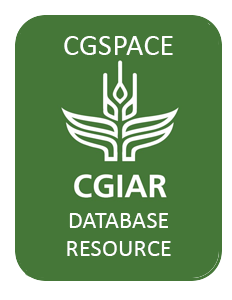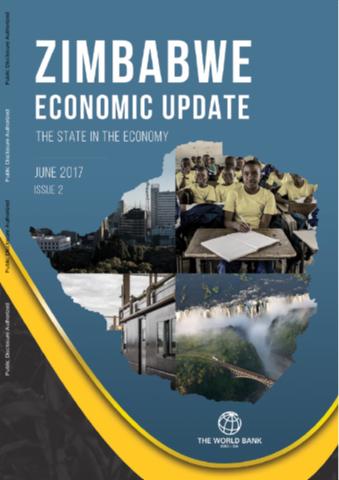One of the new government’s major policy priorities has to be to get agriculture moving as a motor of growth. The long-running issue of outstanding compensation payments has meant that international donors and financiers have not engaged with land reform areas, missing out on supporting major…
Drawing on 18 years of research, offers these 10 priorities for getting agriculture moving again: land tenure, finance, partnerships, government loans, access to marketing, value addition, smart support systems, irrigation, mechanisation, local economic development.
Zimbabwe today has an agrarian structure made up of small, medium and large farms, all under different forms of land ownership. A landscape once dominated by 4,500 large-scale commercial farmers is now populated by about 145,000 smallholder households, occupying 4.1 million hectares, and around…
Our goal is to provide the scientific basis for development investments and policies that promote more productive, profitable agriculture, and healthier diets at no environmental cost. Low-income, smallholder farmers face significant challenges across sub-Saharan Africa (SSA). High population…
The impacts of large-scale agricultural investments on rural communities’ land ownership, food security, productivity, income, and access to education and health differ within and between communities depending on business and government influence. Recent examples of large-scale investment models…
This research reviews legislation and policies in Zimbabwe that have a direct or indirect bearing on the relocation of communities. The current model for large-scale investments has changed from previous models, where the majority of investment projects were undertaken by international companies…
Vital that the new Land Commission looks at the range of land issues in the round. Need comprehensive district by district approach, attuned to local circumstances and flexible. Enormous challenge to recreate a land administration system. Outlines vital elements and how they must work together…
Zimbabwe’s economy grew by 0.7 percent in 2016 despite the combined effect of the El Nino drought and domestic financial turmoil. The drought reduced agricultural output and increased food prices towards the end of the year, despite the government’s efforts to boost production and stabilize…
Zimbabwe’s economy grew by 0.7 percent in 2016 despite the combined effect of the El Nino drought and domestic financial turmoil. The drought reduced agricultural output and increased food prices towards the end of the year, despite the government’s efforts to boost production and stabilize…





